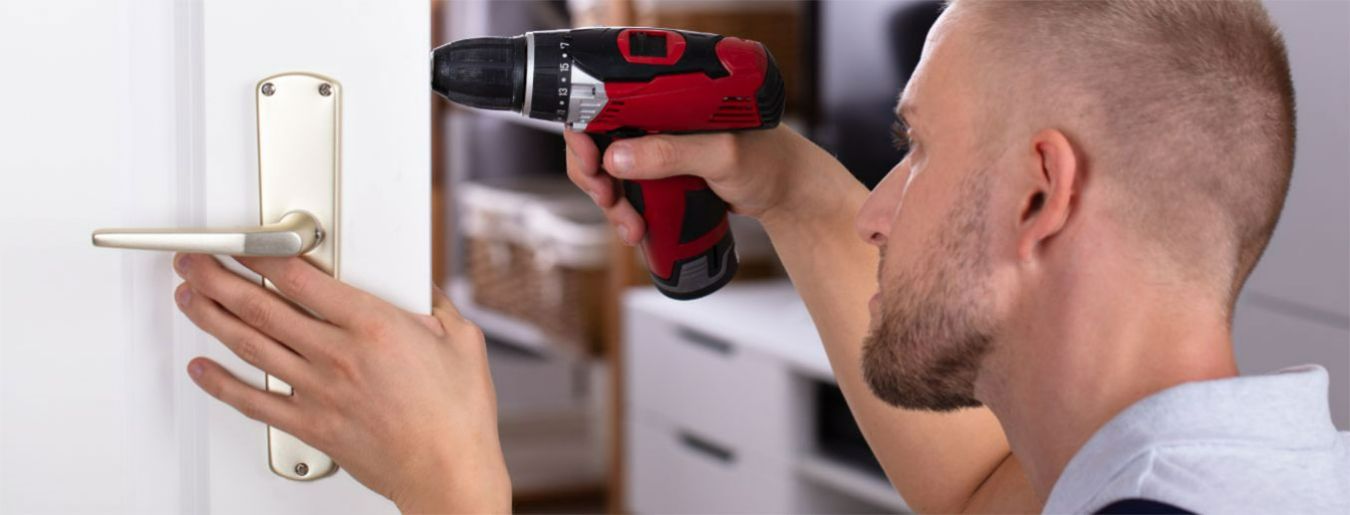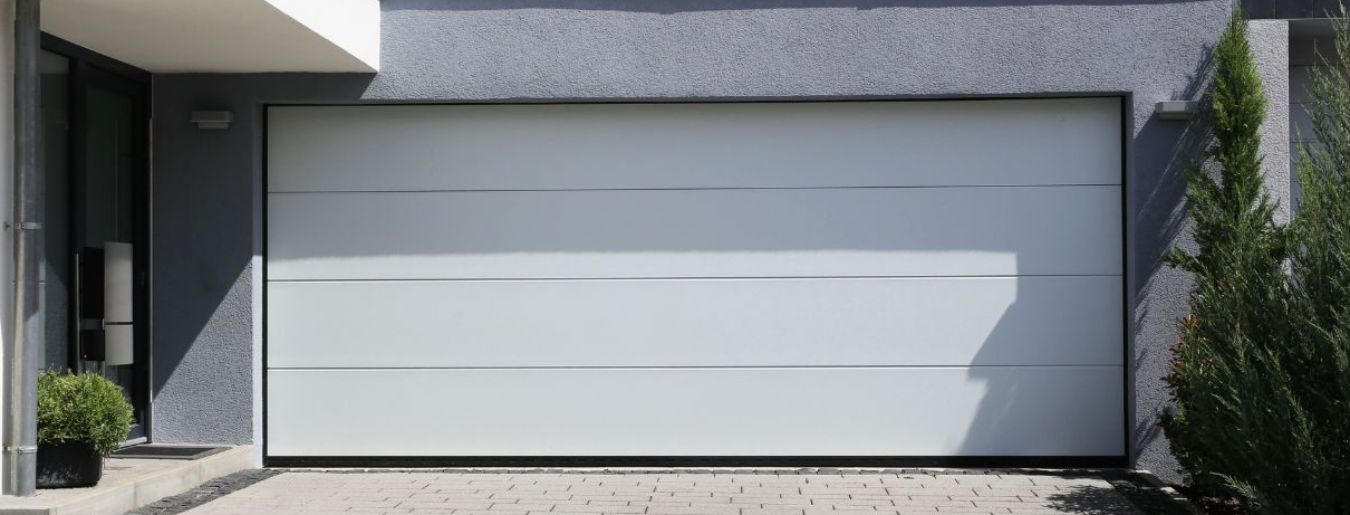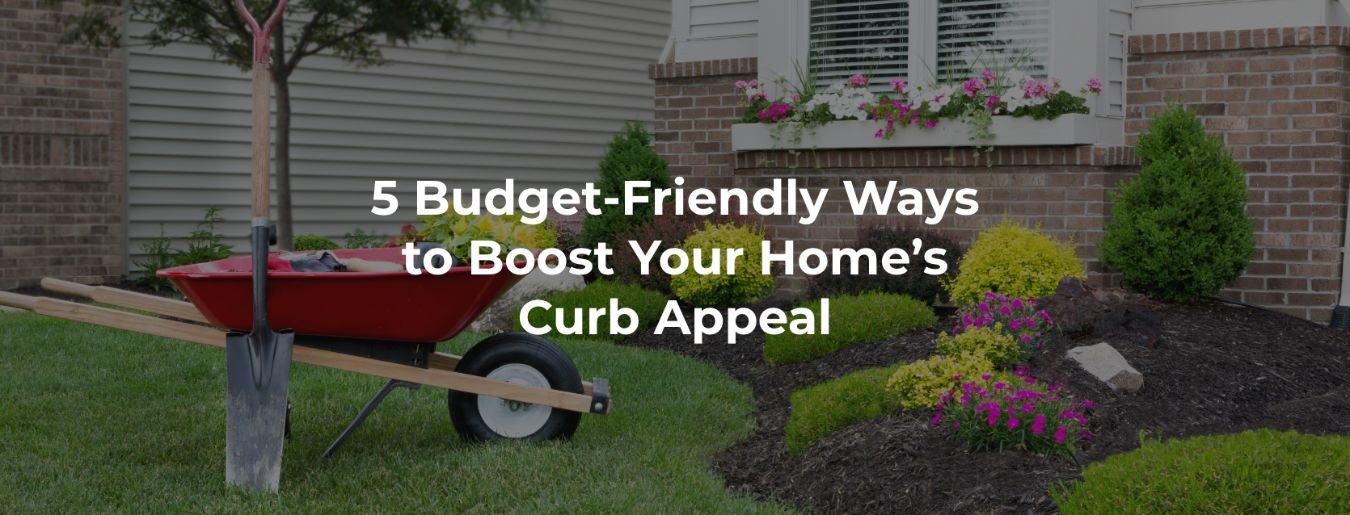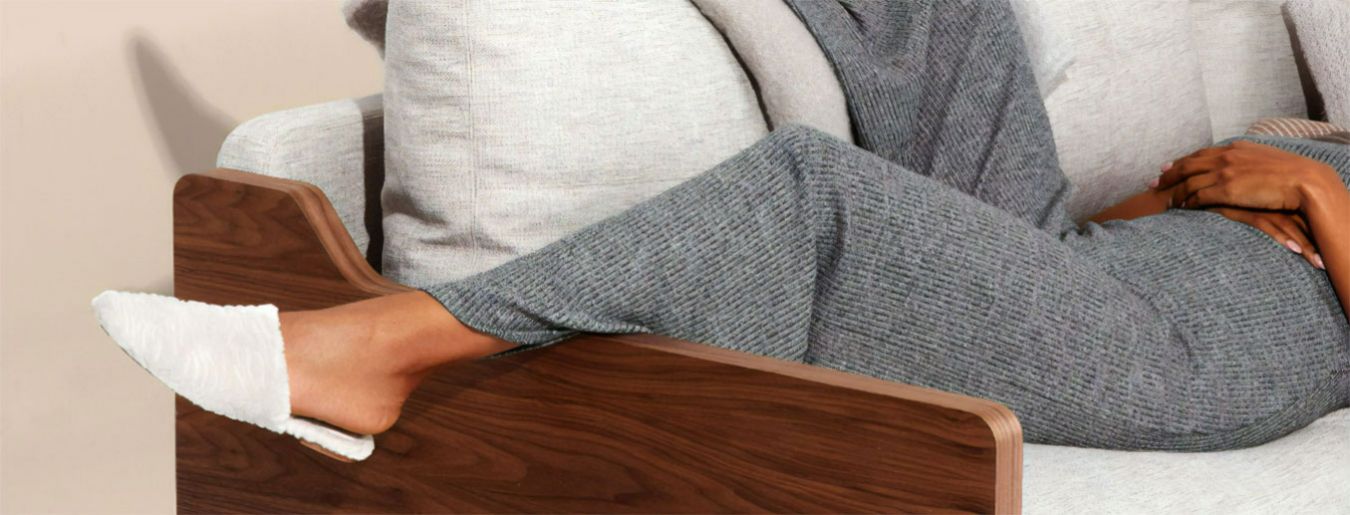There are many reasons to swap out your door knobs and handles. Perhaps yours have become a little sticky or hard to latch. Maybe you want a cheap and easy design upgrade for your home. Whatever the case, a reasonably handy person can handle a door knob replacement with a few standard tools.
In this article, we’ll review various types of door knobs and handles to help you find the functional and appealing design that is right for your home. We’ll also explain how you can easily remove and install door knob hardware.

Get Home Warranty Quotes
from Top Rated Authorized
Partners
Get a Quote
Types of Door Knobs
There is more variety among door knobs than you might think. Even beyond aesthetic choices, certain kinds of door knobs have functional purposes that determine whether the interior or exterior knobs can be rotated or locked. Here’s a brief overview of the most common door knob types.
· Half Dummy. Half dummy door knobs are commonly fitted on small closets and cabinets. A single exterior knob affixes to the door. Half dummy knobs do not turn and have no locking mechanism.
· Passage. Passage door knobs are suited for large closets and interior doors that do not need to be locked. A knob is fitted to either side of the door to allow for ingress and egress. Passage knobs rotate freely and are not fitted with locks.
· Privacy. Privacy door knobs are most common in bedrooms, bathrooms, and home offices. Both the exterior and interior door knobs rotate freely, but privacy door knobs can be locked from the inside. The locking mechanism can be a push button or turning lock. There is typically a hole for an emergency lock release on the exterior door knob.
· Storeroom. Storeroom door knobs automatically lock. The exterior knob requires a key for entry, but the interior knob always rotates freely. This controls access to the room but ensures no one will ever get locked inside.
· Keyed Entry. Keyed entry door knobs are typical on home entrances. The interior knob may have a turn lock or similar mechanism, and the exterior knob has a keylock. Keyed entry knobs are often paired with a deadbolt for additional security.
There are countless variations within each of these broad categories. Instead of classic spherical door knobs, you could install ovoid knobs or ridged knobs. Or instead of door knobs, you could use thumb latch handles or lever handles, which tend to be best for people with mobility or accessibility challenges.
There are material options to consider: brass, aluminum, wrought iron, stainless steel, bronze, and glass door knobs. There are various finishes, backplates, lock types, and decorative flourishes.
The choices can be overwhelming, but you can narrow things down by noting what kind of knob type you need and what kinds of designs would pair nicely with your home’s aesthetic.
How to Change Door Knob Hardware
It’s not hard to replace door knob hardware. Different kinds of knob and handle styles may demand slightly different tools—one style may require a Phillips-head screwdriver while another will need an Allen wrench or hex key—but the following guide should help you through the general process.
1. Remove the existing door knob or handle.
Begin by removing the existing hardware. Typically, you’ll need a screwdriver to remove the screws on the latch where the door meets the jamb and the screws securing the knobs on either side of the door. Then you can remove both knobs and slide out the latching mechanism. Be sure to make a mental note of the orientation of the latch—you’ll want to match this orientation when you insert the new one. When the hardware on the door itself is removed, you can turn to the doorjamb to remove the strike plate. Keep all the screws handy in case you need to reuse them.
2. Check the backset measurement.
Door knobs have a backset measurement of 2¾ inches or 2? inches. This is the distance from the edge of the door to the center of the hole that fits the door knob. The door latch you removed should have one measurement or the other written on the back of it. You’ll need to use a replacement latch with the same measurement, or else the door won’t latch correctly.
3. Install the new latch.
Once you have confirmed that your new latch will fit the door, slip it into the slot on the door’s edge. The latch’s orientation should match that of the old one. The flat edge of the latch should face the direction in which the door swings out.
4. Affix the first knob or handle.
One of the new door knobs should have a long rod that fits into the latch and paired knob. Fit this knob into the hole in the door, slide the rod through the latch mechanism, and secure the knob with screws.
5. Secure the latch.
Tighten the screws of the latch plate to secure the latch in place. Test the latch by depressing it with your finger. It should spring back.
6. Affix the second knob or handle.
Fit the matching knob onto the other side of the door. Secure it with screws.
7. Mount the strike plate.
Finally, fit the strike plate on the doorjamb. The curved edge of the plate should face the side of the jamb the door swings out from.




 Prev Post
Prev Post






